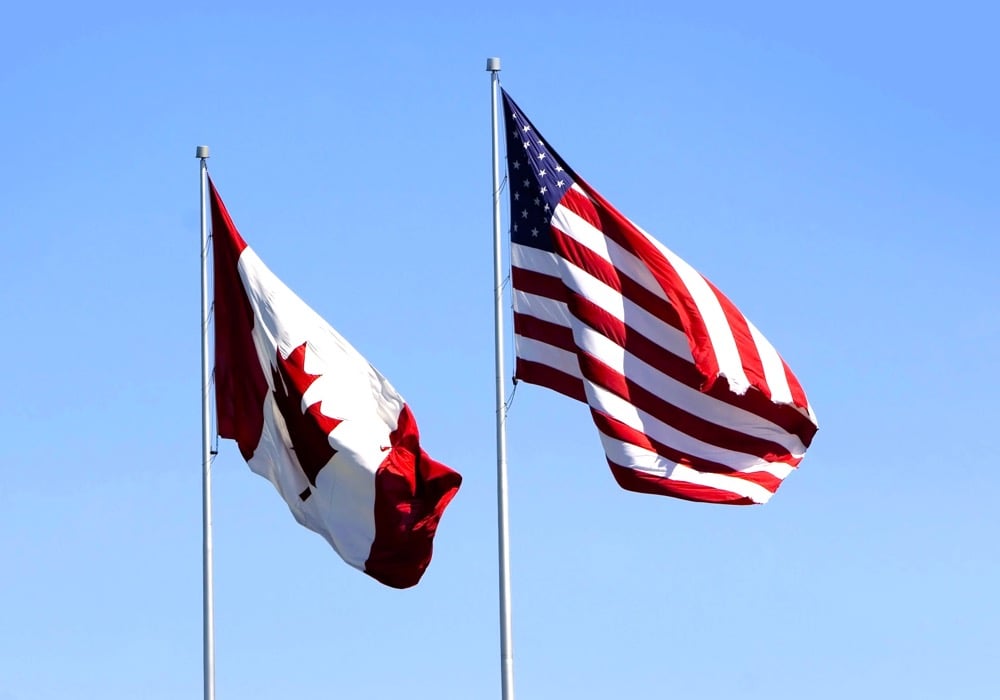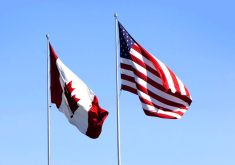By Theopolis Waters
CHICAGO, Feb 13 (Reuters) – Chicago Mercantile Exchange live cattle futures turned upward on Thursday, driven by short-covering in response to higher preliminary cash prices, traders said.
Cash cattle traded in Kansas at $142 per hundredweight (cwt), up $1 from last week, feedlot sources said. They said sellers elsewhere in the U.S. Plains were holding out for at least $143.
“Cash price anticipation pushed the futures back up to where they were last week. And on the charts, it looks like we made a short-term bottom,” said Donna Hughes, a broker at Tru Trading Co.
Read Also

Canadian trade data delayed by U.S. government shutdown
Canadian international trade data for September will be delayed indefinitely due to the ongoing partial shutdown of the United States government, Statistics Canada said Friday, Oct. 24.
Despite poor margins and waning beef cutout values, packers need cattle after buying only a small number last week, a trader said. Processors are unable to avoid higher cattle prices by cutting slaughters, he said.
The U.S. Department of Agriculture put Thursday’s cattle slaughter at 109,000 head, down 2,000 from last week and 9,000 fewer than a year earlier.
The morning’s wholesale choice beef price, or cutout, was $207.57 per cwt, down 48 cents from Wednesday. Select cuts slipped 15 cents to $207.48, based on USDA data.
February live cattle closed 1.050 cents per lb higher at 143.150 cents, and April ended at 142.400 cents, up 1.625 cents.
CME feeder cattle posted new contract highs, helped by short-covering and live cattle market gains.
March ended 2.225 cents per lb higher at 170.725 cents after posting a new contract high of 171.350 cents. April finished at 171.600 cents, up 2.200 cent and marked a fresh contract high of 172.075 cents.
MOST HOGS RISE AS SPECS BUY
CME hog futures finished mostly higher on bearish spreads as investors sold the spot February contract and bought deferred months, traders said.
Some market participants liquidated their spot February long positions before the spot month expires on Feb. 14.
Speculators purchased back months in anticipation of tighter hog supplies as the Porcine Epidemic Diarrhea virus (PEDv), which is fatal to baby pigs, spread on U.S. hog farms.
“PEDv has everyone juiced up down here because they all say it’s worse than you think. But there is so much built into this market based on the premiums,” said independent hog futures trader Bill Cipolla.
Worries that more hogs will come to market limited April futures’ upward momentum. Hogs have been backed up on farms by the harsh recent weather.
A winter storm on the East Coast shut down some hog packing plants in the region, analysts and traders said. Those plants may actively slaughter on Saturday to make up the downtime, they said.
The average price of hogs in the eastern Midwest was down 39 cents per cwt at $80.50, according to USDA. Hog prices elsewhere in the Midwest were unavailable.
Separate government data showed packers processed 382,000 hogs on Thursday, 41,000 head fewer than last week and 35,000 fewer than a week ago.
February hogs closed at 86.350 cents per lb, down 0.150 cent.
April ended at 94.925 cents, 0.550 cent higher and June finished at 104.900 cents, up 0.250 cent.














